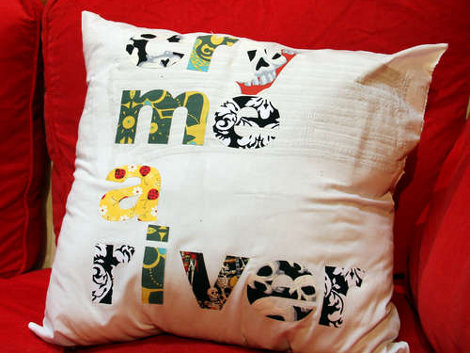
If you’re forever alone we’d guess you’ve long since stopped crying about it. But if you’re still prone to shed a tear on a dateless Valentine’s day this project’s for you. [Mikeasaurus] spruced up this pillow to play a tune when it senses your lonely soul. It’s got a moisture sensor which triggers an audio greeting card just when your weeping really starts to get soggy.
If you look closely at the top portion of the white fabric in the picture you can see there are rows of stitching. These hold a matrix of conductive wire mesh fabric on the inside of the pillow case. There are two buses made up of alternating rows (think of the tines of two forks pointed together) which make up the probes. When the gap is bridged by moisture a transistor circuit triggers the audio bits from a greeting card to play a song. Check out the demo after the break. We’re not satisfied that [Mikeasaurs’] couldn’t even bring himself to cry real tears for the clip, but maybe years of solder fumes have clogged up those tear ducts.
Continue reading “Tears From Your Lonely Heart Will Activate A Comforting Tune”













